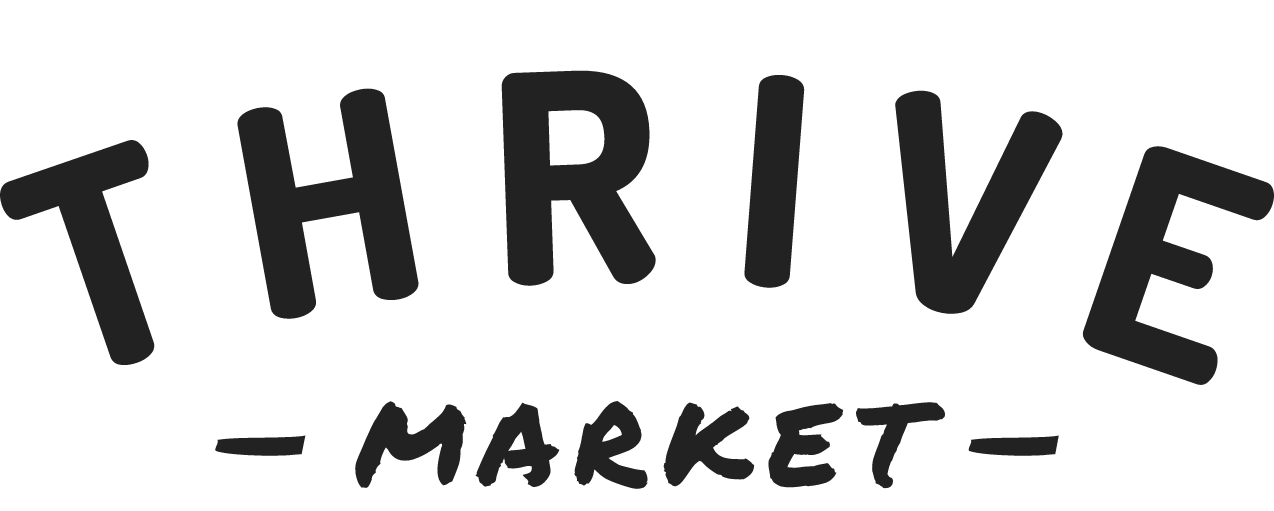How to Get Your Healthy Products Into Thrive Market
Rachel Cernansky, New Hope Network
For natural brands looking to reach a core clientele, Thrive Market has proven a hot place to be. At just a year and a half old, Thrive has more than 300,000 paid members, is adding about 10,000 a week, and has sales north of $100 million annually. Jeremiah McElwee, vice president of purchasing and merchandising, shared some insights on what brands that want to get into Thrive should know.
First and foremost, Thrive is dedicated to being a GMO-free marketplace. “If you’re not either USDA Organic, non-GMO verified or using ingredients sourced from countries that do not permit GMOs, then definitely go back to the drawing board,” he said. “That’s a wall we’re putting up pretty firmly.”
Beyond that, what Thrive is looking for is differentiation and quality—products that will bring something new to its marketplace, not just another version of a product it already carries. Brands with products that stand out from the rest of the lot, or that solve a problem in a category, will appeal to Thrive. Another kale chip will not. “If there hasn’t been an organic option, or if you’re able to raise the bar in some way, we’re definitely interested,” he said. “We’re looking for quality enhancement.”
Being on-trend is especially important because, as an online marketplace, Thrive gets almost instant feedback from its customers. While gluten-free remains a strong category, for example, McElwee noted that people have started to understand that gluten-free doesn’t automatically translate to healthy—and offerings that cater to that understanding are on the rise. “More and more entrepreneurs are starting to develop truly healthy gluten-free options,” he said.
Paleo is also huge and growing for Thrive, as is coconut—almost anything with coconut, from coconut milk to oil to coconut aminos—and products that boast superfoods or have some other kind of added value. Beyond those, said McElwee, “The overall broader trend is toward more healthful foods—lower sugar, less-is-more in terms of ingredients, and so on.”
Like elsewhere, snacks are a solid growth category, and Thrive is always looking for healthy, cleaner snacks—especially options that are Paleo-friendly, allergen-friendly, gluten-free or vegan, and that use more natural sweeteners.
Something to note for brands operating in cleaning or personal care products and other categories outside of food: Thrive uses ratings from the Environmental Working Group when evaluating products.
Outside of the product itself, Thrive is on the lookout for brands that solve some of the challenges that come with ecommerce. McElwee points to Yumbutter as an example, saying: “They’re doing an amazing job of combining superfoods with almond and peanut butter, but they’re in pouches. They’re way easier to ship than jars. That’s just an example of solving an operational challenge in the process of making a really exciting product.”
For brands that think they meet Thrive’s criteria, McElwee recommends simply following the instructions online for getting a review from their buyers, who review submissions every month. Where products are a good fit, Thrive will work with the brand to forecast demand, no matter its size. “We work with a lot of small, up-and-coming entrepreneurial brands, so we’ve gotten really accustomed to working with brands of all sizes,” he said.


No Comments